Redefining Access: Barriers and Opportunities Presented by New Technologies and Physical Environment in Higher Education
April Coughlin, Chancey Fleet, Walei Sabry, The CUNY School of Professional Studies’ Disability Studies Program
The number of students with disabilities pursuing higher education has grown steadily in recent years. However, many students with disabilities still do not have full access to buildings, classrooms, information and communication technologies as well as numerous other fundamental resources that are essential for success in college.
This panel presentation will focus on identifying various accessibility issues that exist in the university setting as reported by those with disabilities. It will also offer recommendations for changes and improvements in policy and practice, upcoming legislation to set guidelines for accessibility, as well as focusing on the importance of creating an inclusive culture that values disability as a form of diversity.
Specific areas of accessibility that will be addressed include:
Information / Communication Technologies: Educational technologies represent new barriers as well as new opportunities. We will review challenges and best practices in areas of ICT such as E-learning, video captioning and audio description, and the accessibility of research and collaboration tools for education. The Technology Education and Accessibility in College and Higher Education Act (TEACH) will also be discussed. The TEACH act is currently on the floor of both the Senate and House of Representatives. It calls for the creation of guidelines that would serve as the national standard for electronic accessibility in higher education. The possible effects on college students as well as institutions will be explored. Finally, resources will be shared on how to support the TEACH act in getting it passed.
Physical Accessibility and Universal Design: Physical access concerns, such as classroom spaces, bathrooms, signage, navigating through campus, technology labs and community gathering spaces will be discussed. We will offer various examples of innovative and inexpensive ways that many campuses are currently making their spaces more accessible for those with physical disabilities.
Click here to go back
